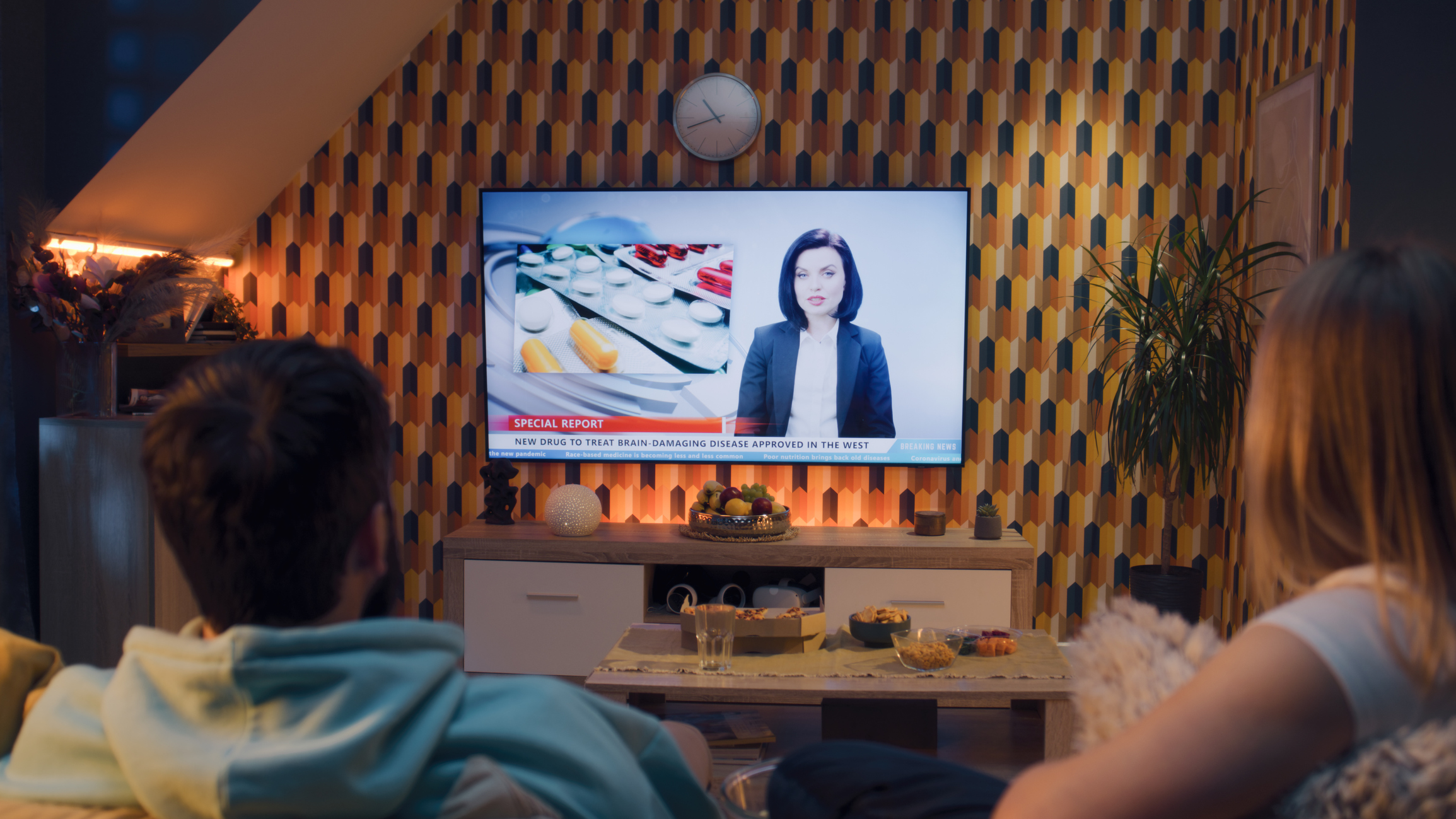DeepIntent's Amit Chaturvedi on How Publishers Can Simplify CTV for Pharma Marketers

Remember when we were all told that digital would simplify our lives immensely? Well, that didn't quite happen the way we expected. In terms of our industry, digital media has given us a set of far sharper tools to help eliminate waste and drive greater relevance in messaging. Along with those benefits, the complexities and opaqueness of the workflow processes have increased exponentially.
Now, layer on the already challenging additional rules and regulations that healthcare and pharmaceutical industry marketers are subject to, including HIPAA (Health Insurance Portability and Accountability Act) and ISI (Important Safety Information). It's incredibly daunting.
Even a decade later, many healthcare and pharma marketers remain hesitant to use programmatic tools or properly invest in data-driven video solutions such as CTV. Many still prefer to stick to the perception of greater control around their media buys in linear TV and traditional managed service digital advertising.
The key to overcoming the fear holding back investment, especially around CTV, may lie in a leveling up of the offerings to the healthcare and pharmaceutical market of the publishers seeking those dollars, according to Amit Chaturvedi, Chief Operating Officer of healthcare advertising technology leader, DeepIntent.
DeepIntent is an eight-year-old organization entirely focused on pharmaceutical and healthcare advertising in the U.S. Their clients view them as a complete 360 platform for campaign planning, activation and measurement. According to Chaturvedi, DeepIntent's superpower is tying clinically relevant healthcare claims data to media data in a privacy-safe way.
Chaturvedi understands marketers' concerns but believes they can alleviate their fears with the right education and partnerships. He points out that pharma, which historically has been a large buyer on linear television, is used to seeing lower CPM rates in the $10-$20 range versus the $40-$50 range for like content on CTV. Of course, that is not an apples-to-apples comparison, especially with the data targeting capabilities available through companies like DeepIntent.
"The entire translation (to educate and convince pharma marketers to move dollars to CTV) must be one that's based on a quantitative ROI," said Chaturvedi. "You literally must explain in detail, 'You used to do this; you got X in return. If you do Y (a.k.a. CTV), it will give you Z in return."
Chaturvedi sees three areas of focus where CTV and data-driven media publishers can focus can show increased value and relevance to healthcare marketers.
- Education: Increase investment, awareness and expertise around the type of data that is relevant to and targeting the audiences that pharma is trying to reach, with an emphasis on results-based data (script lift). Start by deep-diving into your current analytics and existing audiences against the rich, privacy-compliant data that DeepIntent can provide.
- Relevant Content: Develop or curate, where appropriate, health-specific content or types of content that will put the audience in a much more open frame of mind to receive the pharma message.
- Branded Content: Consider the use of branded content creation with amplification.
According to Chaturvedi, "Most publishers today don't keenly know the difference between OTC, HCP, DTC or patient marketing. They have really good stories on their distribution footprint with their award-winning content, global scale and distribution. They have basic metrics like reach and frequency. But as soon as the marketer asks the important questions of how you're going to drive script lift and audience quality on this rare disease state, the publishers don't have much to say. That's an element that has largely been missing."
Chaturvedi envisions a potential upside for pharma regarding available CTV inventory, especially considering the strikes in Hollywood. As high-quality, scripted programs will inevitably take even more of a backseat to reality and alternative non-scripted programming, some marketers may seek other ways to connect with their audience. Pharma has broader buying guidelines, allowing for a more liberal approach to content. He points to Covid as a template, when much programming was paused, and many advertisers pulled out of the video advertising market, but pharma doubled down.
Looking at the potential of pharma and CTV, Chaturvedi sees a high-scale, richly targeted, interactive medium that goes from currently being a source of incremental reach to one that closes the loop, attributing specific ROI with precision.
"Shortly, we will have this notion of integrated campaigns on CTV where a pharma marketer is going to hit a healthcare provider and a patient concurrently to drive greater script lift. We see more sophisticated marketers doing that now. We'll also see more unified tools for planning, activation and optimization measurement on the buy side."
Chaturvedi is excited about the potential upside for publishers who can provide true value for the pharma category.
"Today, there is a $12-$15 billion marketplace for CTV. Pharma accounts for less than $1 billion of that. CTV publishers increasing their focus on the pharma category with deep, ROI-based intelligence with platforms such as DeepIntent, and a focus on developing relevant mindsets for audience growth of pharma ad message receptivity may be just what the doctor ordered to greatly increase that revenue stream."
Click the social buttons to share this story with colleagues and friends.
The opinions expressed here are the author's views and do not necessarily represent the views of MediaVillage.org/MyersBizNet.


